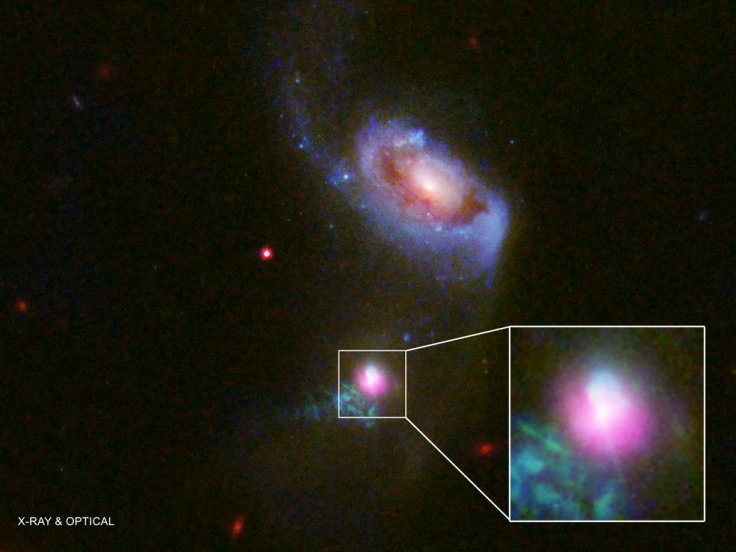
For the first time, astronomers found a galaxy that is missing most of its dark matter, forcing them to rewrite known theories on black holes, including those propounded by Stephen Hawking, who died last month.
This discovery of the galaxy NGC 1052-DF2, detailed in the journal Nature, challenges currently-accepted theories of galaxy formation and seeks scientists to re-look at the nature of planet formation and dark matter.
"This invisible, mysterious substance is by far the most dominant aspect of any galaxy. Finding a galaxy without any is completely unexpected," said lead researcher Pieter van Dokkum of Yale University.
Since there is no theory that predicts this type of galaxies, it is difficult to form one based on a completely unknown process, said study co-author Allison Merritt from Yale University and the Max Planck Institute for Astronomy, Germany. "Dark matter is conventionally believed to be an integral part of all galaxies -- the glue that holds them together and the underlying scaffolding upon which they are built," he said.
Researchers first discovered the new galaxy NGC 1052-DF2 using the NASA/European Space Agency's Hubble Space Telescope to accurately confirm the distance of NGC 1052-DF2 to be 65 million light-years and determined its size and brightness.
They found it larger than the Milky Way, but with 250 times fewer stars, leading it to be classified as an ultra diffuse galaxy. "I spent an hour just staring at this image," van Dokkum said as he recalled first seeing the Hubble image of the new galaxy NGC 1052-DF2. "It is literally a see-through galaxy," he noted.
The team is still working on calculating the dynamical properties of 10 globular clusters orbiting the galaxy to infer the correct value of its mass, which is comparable to the mass of the stars in the galaxy. The NGC 1052-DF2 contains at least 400 times less dark matter than astronomers predict for a galaxy of its mass, and possibly none at all, they said.
This discovery is literally inundating current theories on the distribution of dark matter and its influence on galaxy formation. It demonstrates that dark matter is somehow separable from galaxies. This is expected if dark matter is bound to ordinary matter through nothing but gravity.
Meanwhile, the researchers already have some ideas about how to explain the missing dark matter in NGC 1052-DF2. Did a cataclysmic event such as the birth of a multitude of massive stars sweep out all the gas and dark matter? Or did the growth of the nearby massive elliptical galaxy NGC 1052 billions of years ago play a role in NGC 1052-DF2's dark matter deficiency?
These ideas still do not explain how this galaxy formed. Until the team finds more such dark-matter deficient galaxies, they cannot determine. Using Hubble images of 23 ultra-diffuse galaxies, scientists said three of them appear to be similar to NGC 1052-DF2.
(With inputs from IANS)








